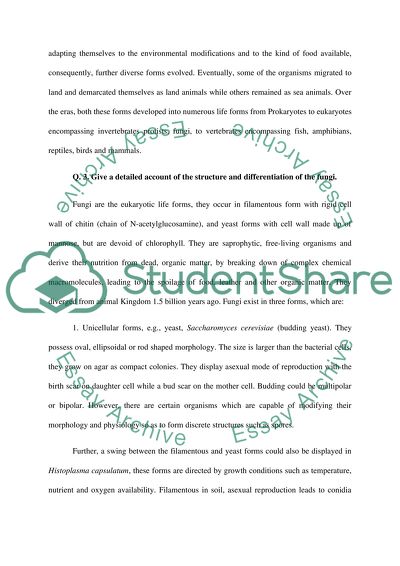Cite this document
(“How Organisms Cope With Biotic Environmental Factors Essay”, n.d.)
Retrieved de https://studentshare.org/biology/1455143-task2
Retrieved de https://studentshare.org/biology/1455143-task2
(How Organisms Cope With Biotic Environmental Factors Essay)
https://studentshare.org/biology/1455143-task2.
https://studentshare.org/biology/1455143-task2.
“How Organisms Cope With Biotic Environmental Factors Essay”, n.d. https://studentshare.org/biology/1455143-task2.


